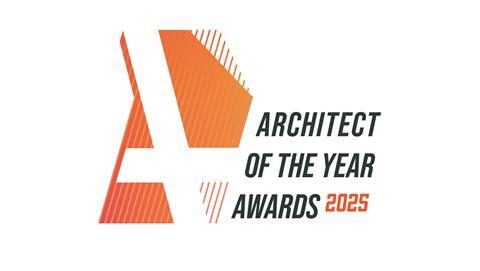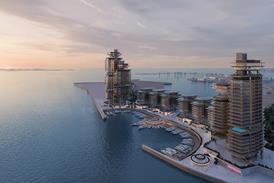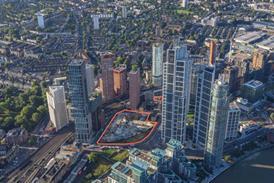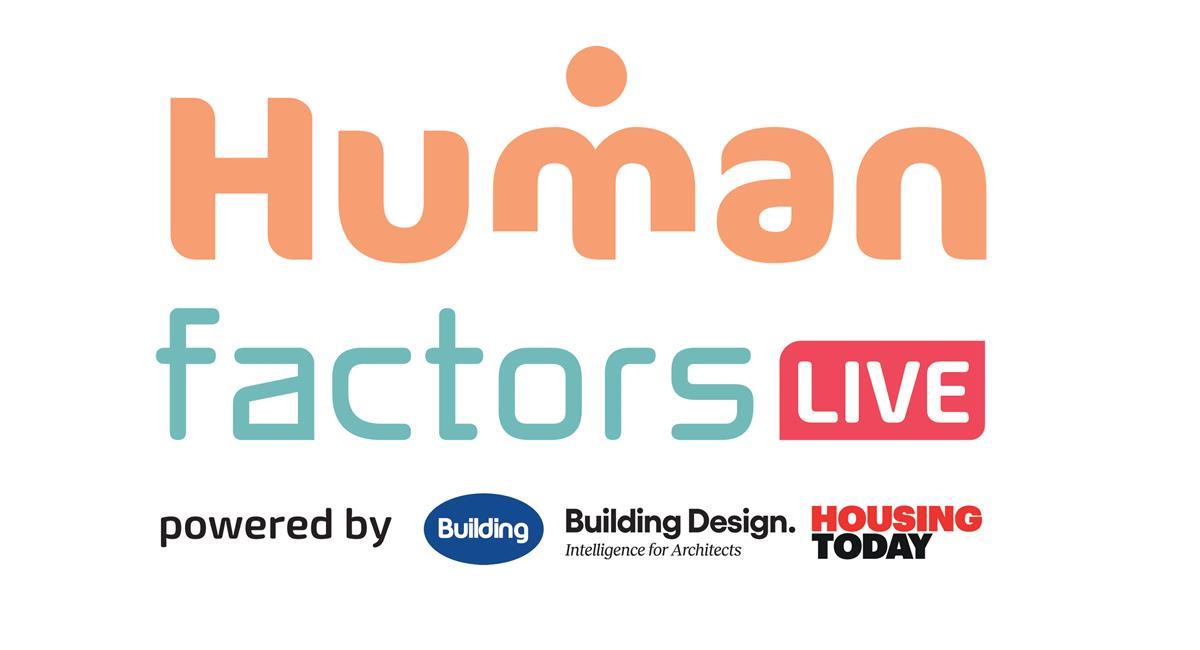- Home
- Intelligence for Architects
- Subscribe
- Jobs
- Events

2025 events calendar Explore now 
Keep up to date
Find out more
- Programmes
- CPD
- More from navigation items
ZHA and Bureau Cube Partners win Nikola Tesla museum competition

Belgrade’s Milan Vapa Paper Mill to be transformed into museum celebrating the Serbian-American inventor’s legacy
Zaha Hadid Architects (ZHA), in collaboration with Bureau Cube Partners of Serbia, has been selected as the winner of an anonymous design competition for the new Nikola Tesla Museum in Belgrade.
The project seeks to transform the historic Milan Vapa Paper Mill into a cultural destination, celebrating Tesla’s contributions to science and technology while preserving the building’s architectural heritage.
…
This content is available to registered users | Already registered?Login here
You are not currently logged in.
To continue reading this story, sign up for free guest access
Existing Subscriber? LOGIN
REGISTER for free access on selected stories and sign up for email alerts. You get:
- Up to the minute architecture news from around the UK
- Breaking, daily and weekly e-newsletters
Subscribe to Building Design and you will benefit from:

- Unlimited news
- Reviews of the latest buildings from all corners of the world
- Technical studies
- Full access to all our online archives
- PLUS you will receive a digital copy of WA100 worth over £45
Subscribe now for unlimited access.






